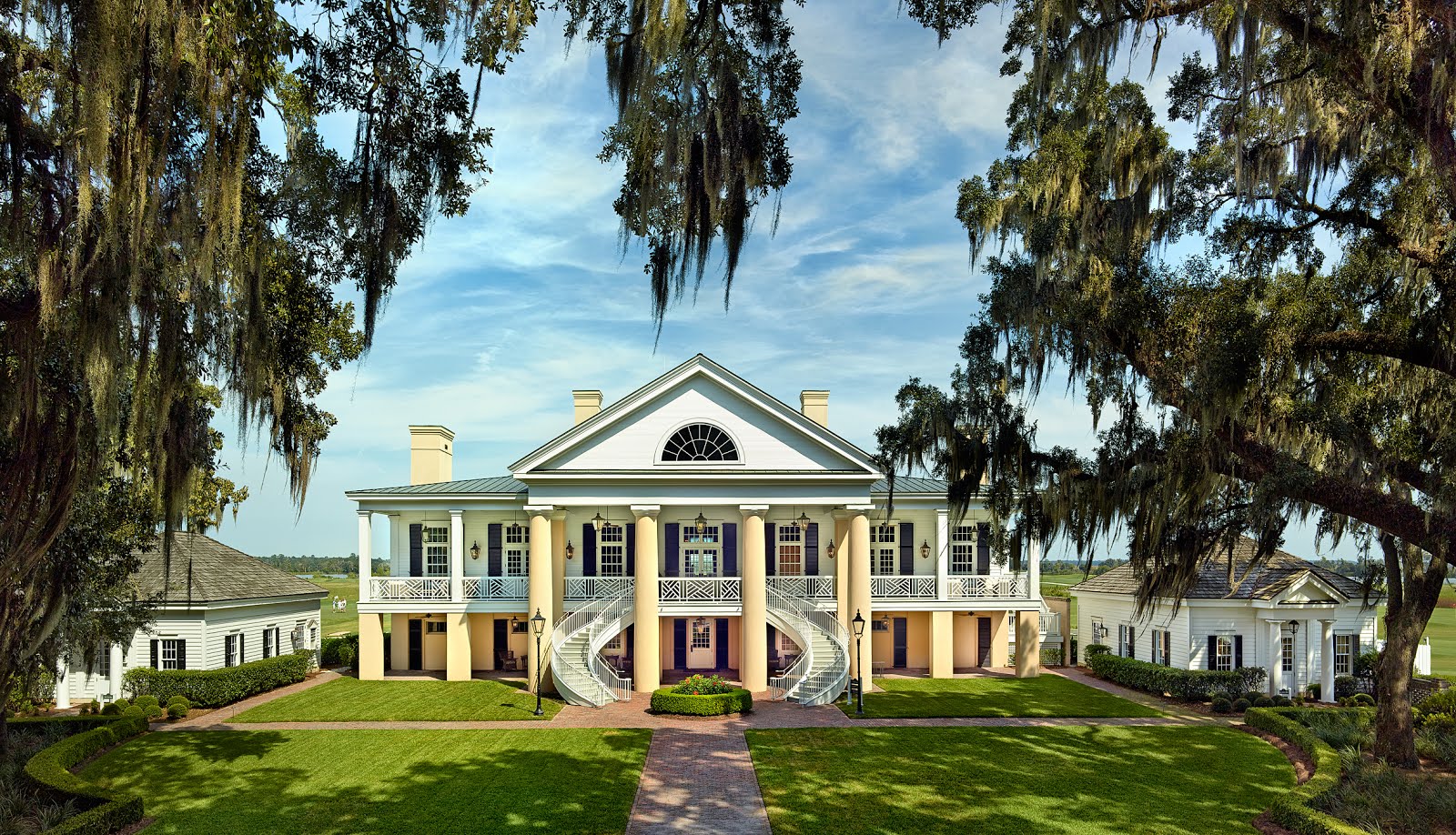May 22, 2013
For overseeded golf courses throughout the southern USA, the
arrival of warmer weather signifies the start of “turfgrass transition.”
Starting around June 1st, the golf course will begin to lose its ryegrass
overseed due to the increased temperatures and the start of more aggressive
cultural practices.
The perennial ryegrass, a cool season grass, cannot
withstand the summer heat, and will ultimately die. Our base turfgrass,
bermudagrass, will slowly begin to reappear in the place of the ryegrass… hence
the term, “transition.”
By forcing a transition from ryegrass to bermudagrass this summer, the odds of eradicating the undesirable mutations and contaminations that have consumed much of the course throughout the past 30 years will be increased. Basically, the less of the old grass still on the ground in the summer of 2013, the better the odds are that the new grasses planted in 2014 will not be contaminated.
To aid in transition, mowing heights are lowered on the primary roughs. Over the course of the next several weeks, large voids of grass cover will be noticeable until the bermudagrass crawls over the entire landscape.
Some areas of the course will transition better than others. In fact, the areas that will transition most poorly will be high traffic areas, such as where carts and mowers concentrate. Transition will also be compromised at areas that receive significant shade throughout the course of the day. The transition process is typically complete by the second or third week of July.
The removal of several trees casting long periods of shade and blocking valuable sunlight in specific locations on the front 9 will begin in early June. This work is scheduled to be completed by August in preparation for the start of the restoration project in October. The final pre-construction phase of the restoration is Bermudagrass eradication, which will commence in early August. More information on this phase will be featured in the next issue of PMP News.
Several ornamental crape myrtles and small magnolias that
have been marked for removal by the golf course architect are being offered in
an adoption program to Members. For a fee, the adoption program includes
spading the trees and relocating them. Members, in conjunction with a preferred
contractor, will be responsible for the execution of the transplant.
The golf course will be open for play throughout the summer and fall, until construction begins on September 30.







